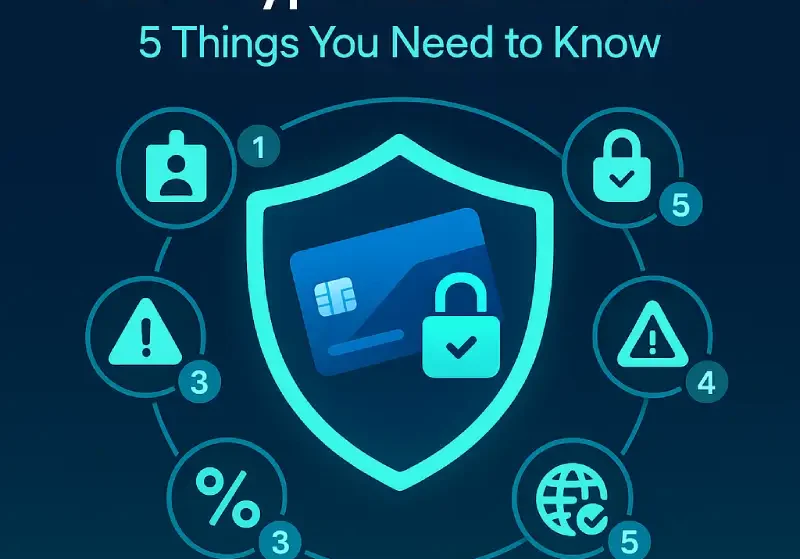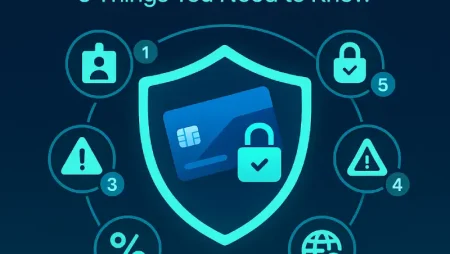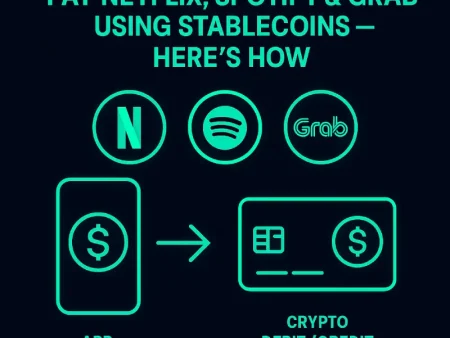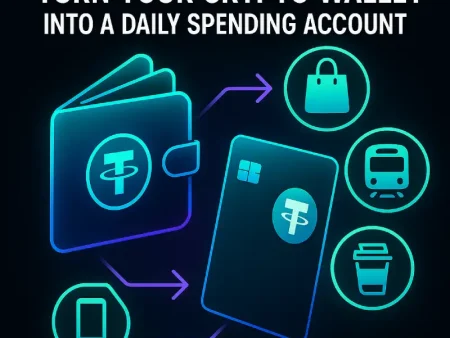

Are Crypto Cards Safe? 5 Things You Need to Know
Crypto cards are making it easier than ever to spend digital assets like USDT and USDC, but how safe are they really? Before loading up your crypto onto a card, here are five important things you should know about safety and security.
1. KYC Verification Adds a Layer of Protection
Most regulated crypto card providers require Know Your Customer (KYC) verification. This step helps prevent fraud and ensures you’re using a legitimate service.
2. Card Freezing and Real-Time Controls
Modern crypto cards let you freeze or unfreeze your card instantly through their mobile app. You can also set spending limits, receive instant transaction alerts, and block specific countries — just like a traditional bank card.
3. No Private Keys Stored on Cards
Your actual crypto never lives on the physical card. Most cards operate like prepaid accounts. You load USDT or USDC, and it’s converted to fiat at the moment of purchase. Your wallet’s private keys remain secure elsewhere.
4. Use Trusted Providers Only
Stick with providers that are widely reviewed, regulated, and offer proper encryption. Avoid cards from unknown issuers with unclear ownership or poor customer support.
5. Watch for Network Mismatch
Sending USDT to the wrong network (e.g., sending ERC20 to a TRC20-only address) can result in loss of funds. Always double-check supported networks before transferring.
Final Thoughts
Crypto cards are generally safe — as long as you use reputable providers and follow best practices. With proper controls in place, they can be as secure as your bank card, while giving you far more control over your funds.



